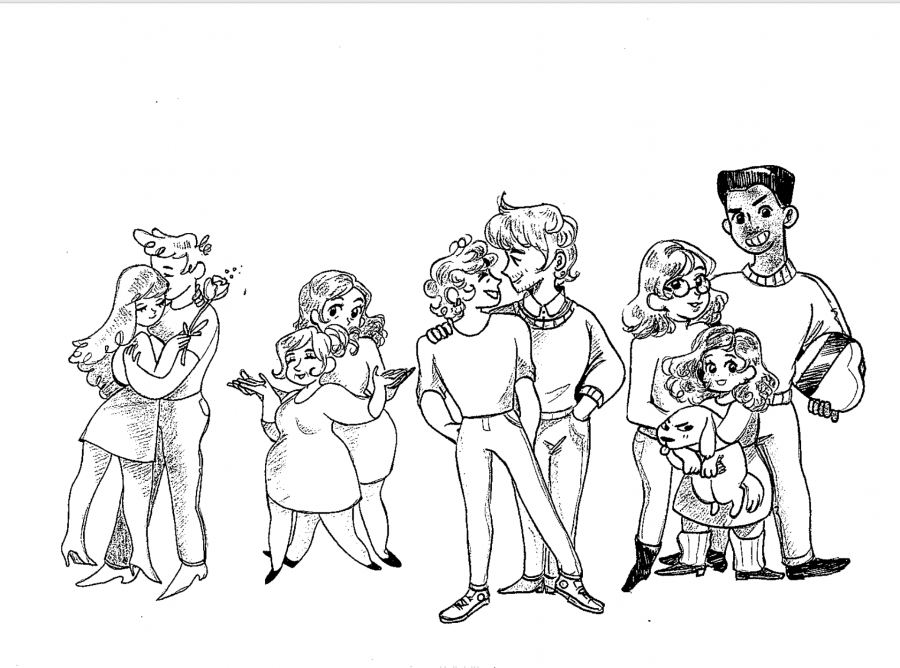As we enter into the month of March, it’s important for Simmons Students to take a look back at women’s history and reflect on how far we’ve come.
In the U.S., Women’s History Month traces its beginnings back to the first International Women’s Day in 1911. Women’s History Month had its origins as a national celebration in 1981 when Congress passed the law which authorized and requested the President to proclaim the week beginning March 7, 1982 as “Women’s History Week.”
In 1987, after being petitioned by the National Women’s History Project, Congress passed another law which designated the month of March 1987 as “Women’s History Month.” Between 1988 and 1994, Congress passed additional resolutions requesting and authorizing the President to proclaim March of each year as Women’s History Month.
Since 1995, Presidents Clinton, Bush, and Obama have issued a series of annual proclamations designating the month of March as “Women’s History Month.”
Every year the National Women’s History Project selects a unifying theme; this year’s is Weaving the Stories of Women’s Lives. The idea of this theme is to present the individual and collective stories of women into the history of our nation.
If you take a look at any high school history textbook, you’ll be hard pressed to find a whole page of women’s history in our nation, much less a chapter. When it comes to what we’re taught about women’s history, the findings are rather lackluster.
That is why it is important to take a look back and see what we can learn. The stories of women’s lives, and the choices they have made, encourage others to think more courageously, and give everyone a fuller understanding of the female experience. Knowing women’s achievements challenges stereotypes and overturns social assumptions about who women are and what women can accomplish today.
Although women have accomplished a great number of significant feats in civil rights, scientific pursuits, literary prowess, and dozens of other fields, little attention is paid to these achievements. Unfortunately, many of the same struggles women have faced in the past are still occurring today, including gender-based discrimination, transmisogyny, and racism, against and even among women.
In our recent history, there have been many firsts for women. In 1983, Sally Ride became America’s first female astronaut. In 2005, Hillary Clinton became the first First Lady to be elected to public office. President Barack Obama nominated Sonia Sotomayor as the 111th U.S. Supreme Court Justice in 2009. Sotomayor is the first Hispanic American and only the third woman to serve on the nation’s top court.
Though these are endeavors to be celebrated, they are still not enough. Today, only about 25 percent of NASA’s astronauts are women. In Congress, women only hold 19.4 percent of the seats. A recent article from the New York Times found that fewer large companies are run by women than by men named John, indicating that the glass ceiling is still a strong fixture within corporate America. Furthermore, trans women experience extensive discrimination and violence.
So while we look back and appreciate how far we’ve come, it’s important to remember women still have a long way to go, and we’re sure as hell ready to put up a fight.





















